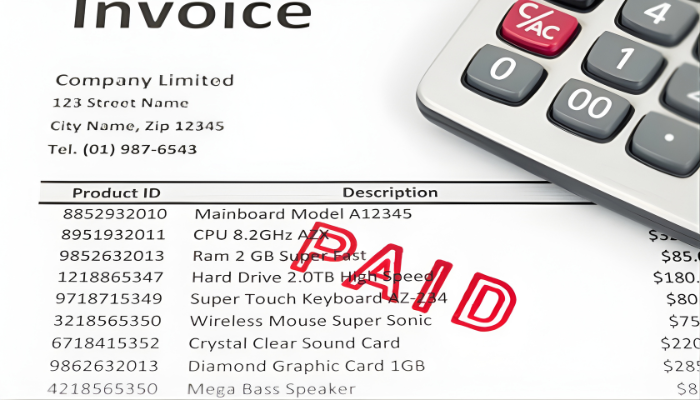
Customers can be the lifeblood of your business and the bane of your existence. Your company can’t survive without loyal customers, but they can be fickle and difficult to please. When a customer you can’t afford to lose starts inquiring about longer payment options, you need to know the proper way to negotiate the terms without damaging your enterprise. Here are several ways to come to an amicable agreement with a customer who insists on exigent payment terms.
What Not to Do
Before you understand the best ways to handle a demanding customer, you must first learn what not to do. Many entrepreneurs react badly to customers requesting longer payment terms, and either disappoint the customer or hurt the business. Your first reaction might be to immediately refuse the terms or jump to accommodate the customer’s wishes. Both of these reactions are inept and not ideal.
Refusing to negotiate the terms will only lose the customer, unless you’re a monopoly in your industry. On the other hand, being instantly accommodating and willing to compromise can reduce your company’s profit margins and encourage similar outcomes in future negotiations. To negotiate longer payment terms for customers without damaging your company, you must find a creative way to satisfy both parties.
Step One: Respond Assertively and With Pacifism
If a demanding but vital customer wants to renegotiate payment terms, the best thing you can do is respond with assertion. This doesn’t mean launching a counterattack on your customer, but it also doesn’t mean backing down. Hold your ground, and don’t let the customer take advantage of you. He or she will respect your business for it, and you both will get what you want. You must respond with pacifism to let the customer know that you’re taking the request into careful consideration. Don’t close the door on the deal; open new ones instead. Avoid take-it-or-leave-it situations, and keep negotiations open-minded.
Step Two: Increase the Number of Variables
Successful negotiations come down to finding the variables that are attractive to you and the customer. Many business owners make the mistake of only seeing one variable: price. However, there are plenty of variables you can throw into the mix, such as more cost-effective ways to promote the product, offering bundles with other purchases, or quantity discounts. Variables give your enterprise more room for negotiations. They represent a combination of terms, price, and deliverables that you’re both willing to accept. The more variables you have prepared prior to negotiation, the better your chances of success are.
Step Three: Listen to the Customer
Often, a customer’s demand for different payment terms comes down to issues that are more important than the terms themselves. For example, a customer demanding longer terms because of cheaper competition or company policy may really just need a way to have more control over the payment terms. Listen to the customer’s problem, asking plenty of questions to get to the bottom of the underlying issue. Their true problem may be something you can work out without lengthening the payment terms, such as giving the customer control in another way. Customer satisfaction depends on your willingness to listen and come up with an innovative solution.
Step Four: Concentrate on Problem-Solving
Instead of worrying overmuch about the customer’s satisfaction, consider what will make both parties the happiest. Don’t shirk your business’ needs for fear of losing a customer or single-mindedly focus on only the customer’s needs. Instead, concentrate on active problem-solving that can satisfy both parties. Asserting your company’s needs prevents you from making unnecessary and damaging concessions. Build common ground by emphasizing the interests you share with the customer, encouraging a real discussion about the issue. Find a different way to work with the customer that satisfies his or her needs and your own.
Step Five: Agree to a Solution Only if It Satisfies Both Parties
A negotiation should be a discussion between two parties to come to an amicable solution. It shouldn’t be one party battering the other into submission or stubbornly refusing to budge. By keeping an open mind, focusing on customer needs, and concentrating on comprehensive problem-solving, you can most likely come to payment terms that make both parties happy. Then—and only then—should you agree to a solution that you’ve mutually come up with.














